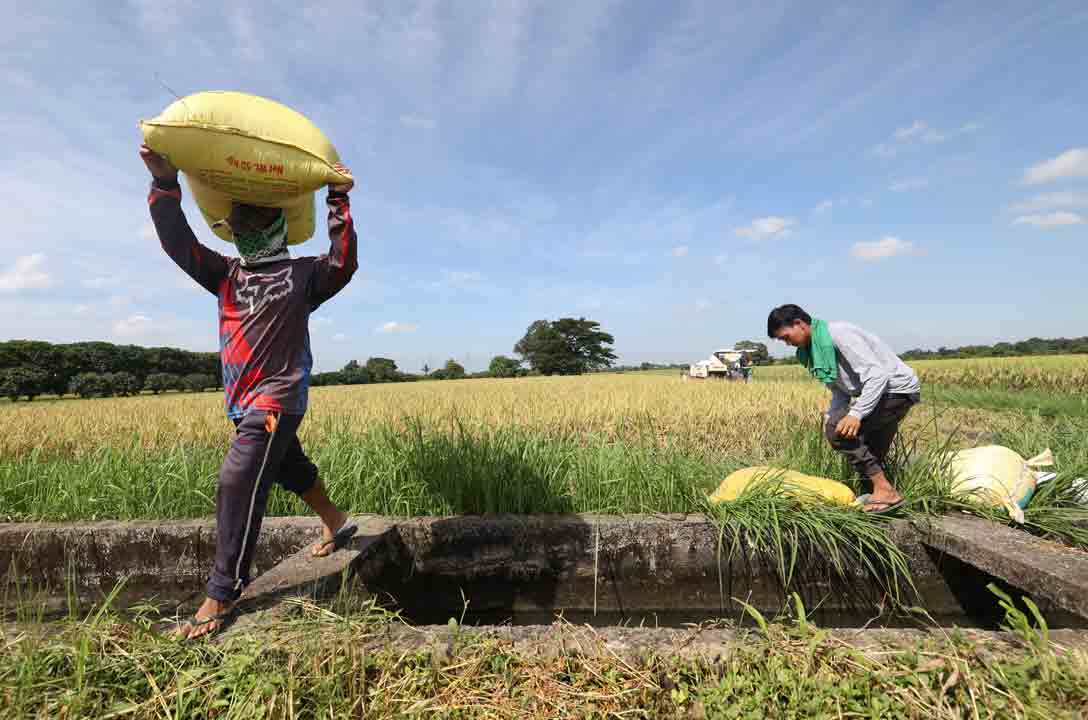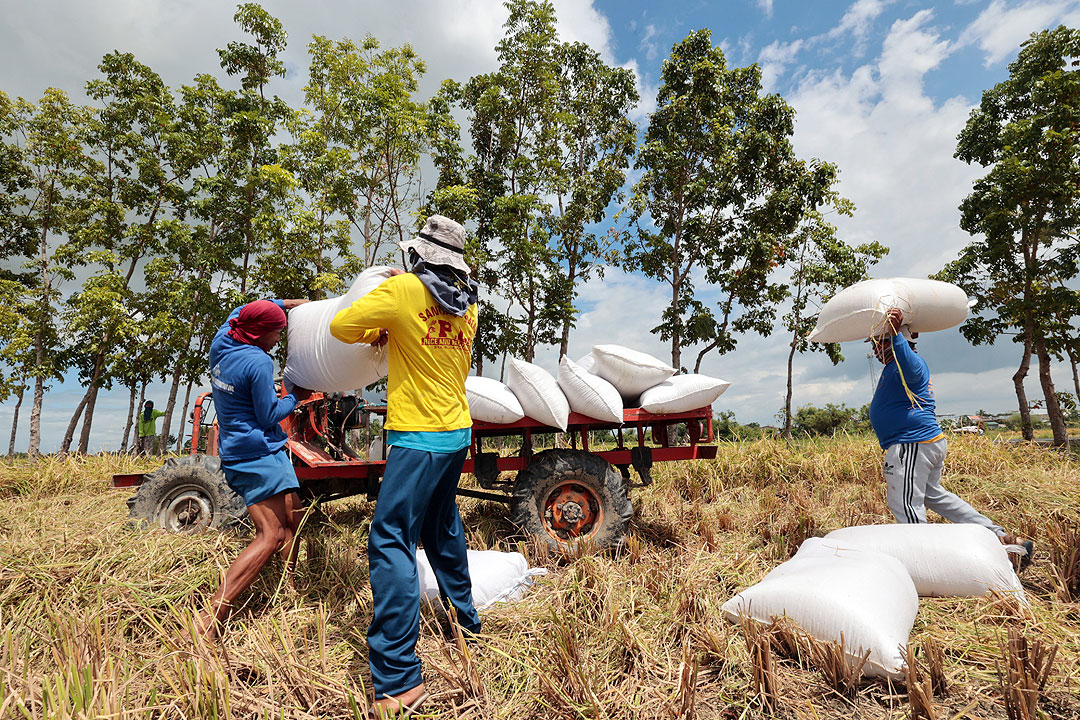Cardamom, often dubbed the "Queen of Spices," is renowned for its rich aroma and flavour that enhances everything from curries to desserts. But beyond its culinary appeal lies a surprising economic truth—cardamom cultivation can be a lucrative income-generating opportunity for farmers. Its steady demand in both domestic and international markets helps ensure relatively stable prices throughout the year.
Depending on the quality and variety, dried cardamom fetches between ₹1,000 and ₹2,500 per kilogram. Moreover, cardamom is widely used across industries ranging from food and beverages to medicine and cosmetics.
How is cardamom beneficial for farmers?
Unlike seasonal crops that require annual replanting, cardamom is a long-term investment. Once planted, it continues to yield for 10 to 15 years. A well-maintained, one-hectare cardamom plantation can yield between 400 and 800 kg annually.
At an average market price of Rs 1,500 per kg, this translates to an income of Rs 6 to Rs 12 lakh per year.
After deducting input costs, the net profit typically ranges from ₹3 to ₹5 lakh per hectare annually.
What does it take to grow cardamom?
Cardamom cultivation thrives in humid tropical climates with temperatures ranging from 10°C to 35°C and annual rainfall between 1,500 mm and 4,000 mm. Ideal regions include the Western Ghats (Kerala, Karnataka, Tamil Nadu) and parts of Northeast India.
What are the soil and environmental requirements?
Cardamom requires rich, well-drained loamy or laterite soils with a pH range of 5.0 to 7.5. It also needs 50–60% natural shade or agroforestry systems to thrive.
What's the farming process?
Farmers must be familiar with various steps, including land preparation, planting, spacing, irrigation, and fertiliser application:
- Land Preparation: Deep ploughing and enrichment with compost or cow dung
- Planting: Carried out during the monsoon (preferably in July) using rhizomes or suckers
- Spacing: 2.5 x 2 m for tall varieties; 2 x 1.5 m for dwarf types
- Irrigation: Drip irrigation is recommended, especially during dry months
- Fertilisers: A balanced mix of organic (vermicompost, FYM) and chemical (NPK) fertilisers
Cardamom plants start producing 2–3 years after planting. The pods are harvested at intervals and then sun-dried or mechanically cured to extend shelf life.
Is there any government support for cardamom farming?
Yes, the government has launched several schemes under the National Horticulture Mission (NHM) and the Spices Board of India to support cardamom farmers. These include:
- Subsidies on planting material
- Support for irrigation systems (e.g., drip irrigation)
- Grants for spice processing and storage units
- Technical training and disease management support
- Farmers can contact local horticulture departments or regional Spices Board offices to access these benefits.
Are there any risks in cardamom farming?
Like all crops, cardamom cultivation carries risks such as fungal diseases, erratic rainfall, and pest infestations.
However, with scientific farming practices, proper shade regulation, and integrated pest management, these risks can be significantly reduced. Additionally, consistent market demand and opportunities for value-added exports (like organic or powdered cardamom) provide farmers with some protection against price fluctuations.

 2 hours ago
1
2 hours ago
1





















 English (US) ·
English (US) ·